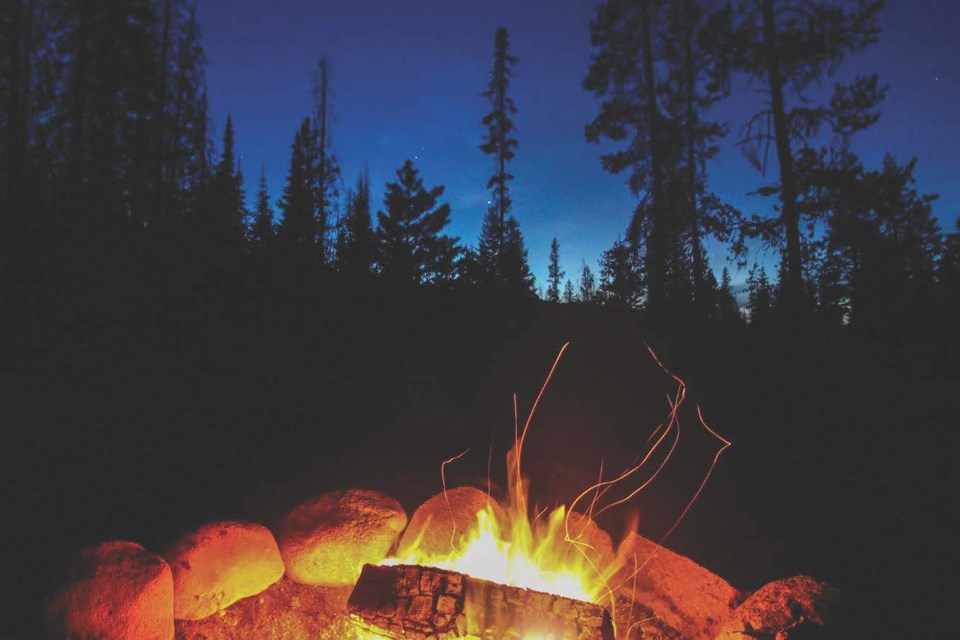As we enter July, wildfire activity in northeastern Ontario appears confined to areas to the north, at least for now.
Aviation, Forest Fire and Emergency Services Northeast Fire Region was reporting in its daily update that there were no new wildland fires confirmed by early Sunday evening.
The fire hazard is low across the central and southern parts of the Northeast Region, the AFFES said.
The fire hazard ranges from moderate to high in the Far North, including a moderate fire hazard for Fort Albany and Peawanuck, and high for Attawapiskat.
A fire of note remains Cochrane 11 (COC011), a 3,000-hectare fire that is not yet under control.
This fire is located about 112 km southwest of Moosonee. The Ministry of Natural Resources and Forestry's firefighting division said six FireRanger crews are committed to this fire.
There are five other active wildland fires in the Northeast:
- Cochrane 8 (COC008) is a 35 hectare fire that is being observed. It's about 57.5 km northwest of Moosonee.
- Cochrane 9 (COC009) is a 6,022 hectare fire that is being observed. This fire is east of Parson Lake and 8 km west of the Quebec border.
- Cochrane 13 (COC013) is a 0.2 hectare fire that is being observed about 33 km southwest of Peawanuck.
- Cochrane 14 (COC014) is a 20 hectare fire being observed about 30 km south-southwest of Peawanuck.
- Cochrane 15 (COC015) is a 120 hectare fire that is being observed. It's about 29 km southeast of Peawanuck.
For current wildland fire danger values check out this interactive map.
Meanwhile, with Canada Day on Monday, the AFFES was urging revellers to consider attending an organized fireworks venue instead of setting off their own fireworks.
At the cottage or camping this long weekend? Make sure you have everything you need for a safe campfire, including a bucket, shovel, and water nearby, the AFFES said.
Remember to fully douse the fire until you can no longer see red embers or smoke.
